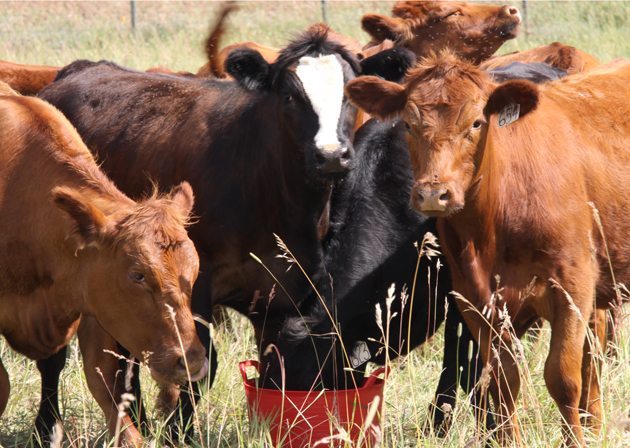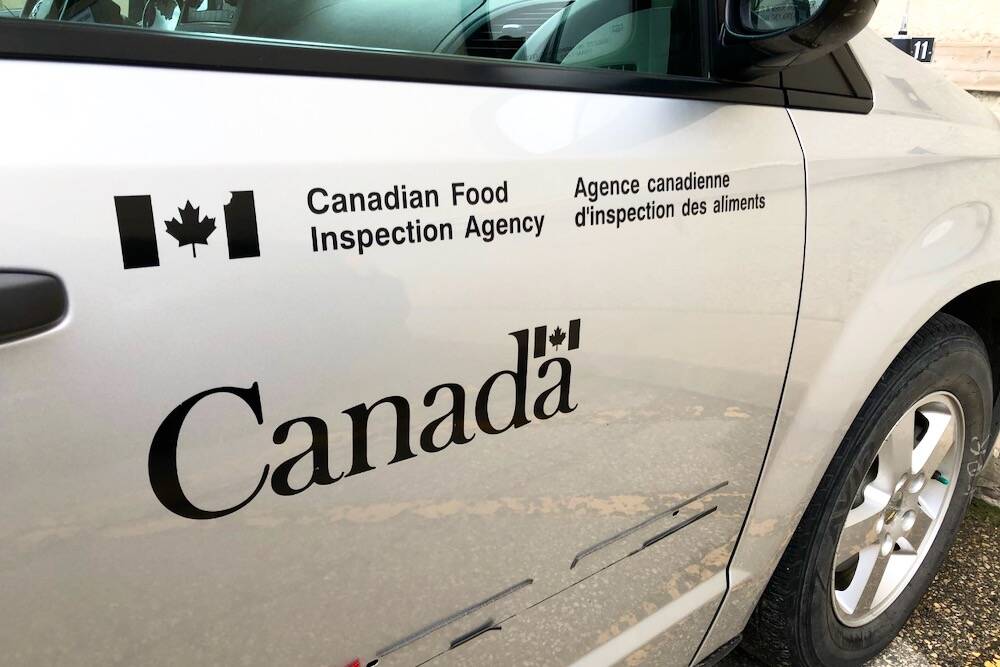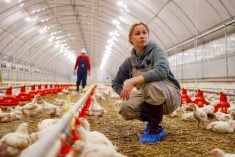
CHICAGO, June 17 (Reuters) – U.S. feeder cattle futures tumbled to the lowest levels in more than three years on Friday as rising corn prices made fattening cattle for slaughter unprofitable, reducing demand, traders and analysts said.
Chicago Mercantile live cattle and lean hog futures also fell, weighed by technical selling and as retailers had largely wrapped up meat purchases ahead of the U.S. Fourth of July holiday, a popular holiday for outdoor meat grilling.
Read Also

B.C. ostriches culled, CFIA confirms
Ostriches on an embattled Edgewood, B.C. farm have been culled after a prolonged legal battle, the Canadian Food Inspection Agency has confirmed.
Feeder cattle led the declines, with most-active August futures easing 1.75 percent while all deferred contracts fell to lifetime lows. Feeders eased 6.5 percent for the week.
“Every time corn rallies, the cattle market fails,” said Craig VanDyke, analyst at brokerage Top Third Ag Marketing.
August feeder cattle settled 2.200 cents lower at 137.425 cents per lb., the lowest settlement on a continuous chart since May 2013. The drop came as corn futures surged nearly three percent to their highest settlement in 11 months.
Feedlot operators typically are less willing to buy cattle for fattening when animal feed prices are rising, squeezing or eliminating their profit margins.
Weaker cash prices in the southern Plains this week also weighed.
Live cattle for August delivery settled 0.800 cents lower at 112.550 cents per lb., holding just above their three-week low reached on Thursday and capping a weekly decline of 4 percent.
HOGS
CME August lean hogs finished 0.325 cents lower at 89.175 cents per pound as traders locked in profits from gains earlier this week.
The hogs contract gained three percent for the week, the fourth consecutive weekly gain.
U.S. Commodity Futures Trading Commission data released after the close of trading showed noncommercial, or speculative, investors adding to their sizable net long in hogs, with buying driven by expectations of more U.S. pork exports to China.
“We’ve seen cash flows exiting out of the cattle market and actually coming into the hog market,” VanDyke said.
“The potential for Chinese demand continues to grow.”














